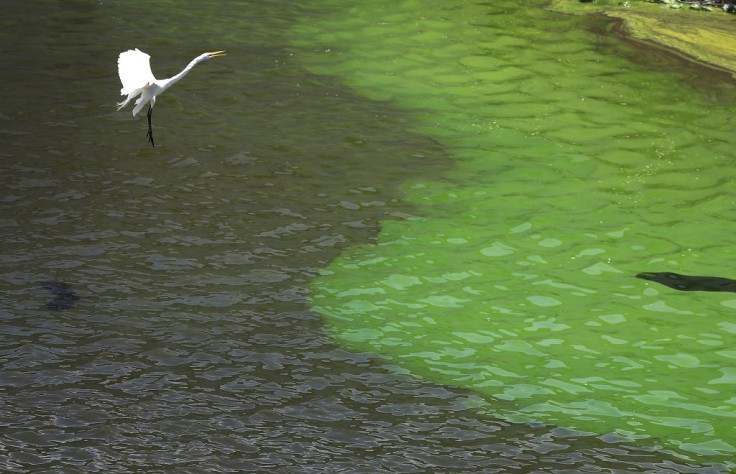
California's Bureau of Land Management (BLM) has ordered the temporary closure of all recreational sites surrounding the Merced River in Mariposa Country due to the spread of toxic algae bloom in the area.
After the bodies of parents John Gerrish and Ellen Chung, their one-year-old girl, Muji, and their pet Golden Retriever were found in the Devil's Gulch area in the middle of August; authorities said they are closing the sites to conduct further investigations.
The cause of the family's death has not yet been determined, but in the absence of signs of trauma from an assault or shooting, the investigators think that they may have inhaled the algae bloom's deadly gasses during their hike. Earlier, authorities have also ordered the closure of the Savage Lundy Trail as there were traces of unknown hazards in the area.
Signs indicating the presence of the toxic substances were also posted all over the Merced River. In a statement, the BLM said that visitors to these outdoor sites must stay away until the middle of September because the algae blooms can make people and pets extremely sick.
Toxic Algae Bloom Poisoning Symptoms
Toxic algae grow in rivers during late summer or early fall to balance the ecosystem. Across the country, these blue-green algae have also triggered the closure of various outdoor family recreational sites in Ohio, Rhode Island, and Vermont in July.
According to Dr. Erika Holland, a biological sciences expert at the California State University, the algae bloom typically releases cyanotoxins as it grows and spread in stagnant water under the summer heat. To most people, this may look like an oil spill with the water turning up with a bright and foamy layer.
Anyone coming into contact with the cyanotoxins may develop a rash and other skin irritations. If they ingested the toxic substance, they could experience dry mouth, headache, vomiting, nausea, and diarrhea.
In California, some species of algae bloom also release domoic acid that can lead to disorientation and seizures as the toxin affects the brain. The experts say that the poison works fast, with the person feeling "just a little bit sick" at the beginning to dying within a matter of hours or days.
People experiencing symptoms of toxic algae bloom poisoning should take a photo of the water and the plants. It could help doctors and poison control experts if they are getting treatments at the emergency room.
What Happened to the California Family?
Gerrish, Chung, their daughter, and their dog were found at the remote hiking trail a day after families reported them missing on August 17. The sheriff's office was completely baffled by their deaths as the autopsy showed no concrete answers.
Both adults were in good health when they died, and investigators found no suicide notes and other indications that the pair was in trouble. While the toxic algae bloom could be one possible cause, authorities said they are not ruling out other factors that may have contributed to their deaths, such as carbon monoxide poisoning, since there used to be an abandoned mill on the said trail.
The sheriff's office is still waiting to get a toxicology report for both the families and the dog.